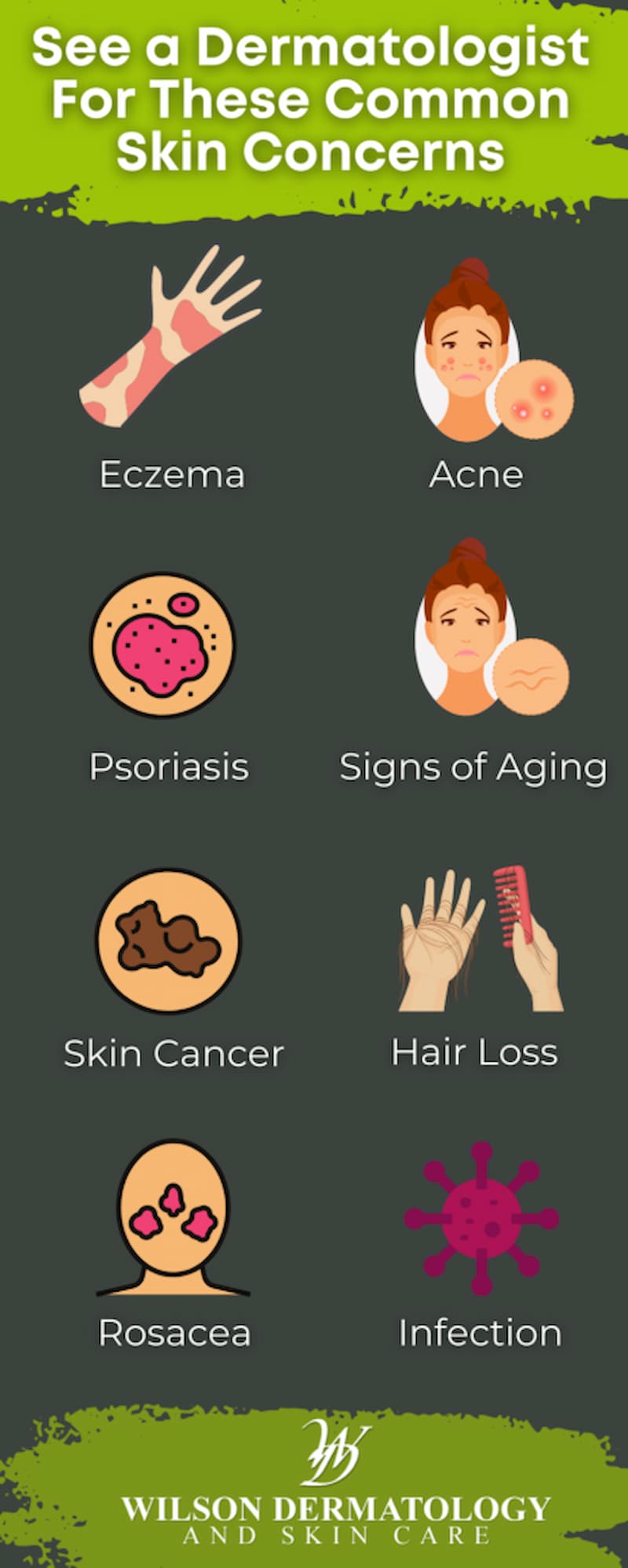Navigating Skin Cancer Cells Therapy: The Crucial Function of Mohs in Modern Dermatology Practices
Skin cancer, a daunting diagnosis, usually leaves clients grappling with many therapy options. As we discover the intricacies of this procedure, one will certainly value its pivotal function in skin cancer cells therapy.
Understanding Skin Cancer: Kinds and Threats
Skin cancer, a potentially lethal malady, is far a lot more widespread than many people recognize. This illness, triggered by the uncontrolled growth of unusual skin cells, mostly arises from DNA damages due to exposure to the sun and ultraviolet (UV) light. There are three primary kinds of skin cancer cells: Basal cell carcinoma, Squamous cell carcinoma, and Melanoma. While the former two are less deadly and comprise the bulk of detected instances, cancer malignancy is one of the most dangerous. It represents only regarding 1% of skin cancer situations but causes the large bulk of skin cancer fatalities - dermatologist. Danger elements consist of reasonable skin, history of sunburn, extreme sun direct exposure, living at high elevations or near to the equator, having lots of moles, a household background of skin cancer, and weakened immune system.
What Is Mohs Surgery and Just How It's Changing Skin Cancer Treatment
In spite of the countless therapies presently available for skin cancer, Mohs surgery stands out as a groundbreaking and extremely efficient option. Called after Frederic E. Mohs, the medical professional that created the treatment, Mohs surgical procedure is a specific medical strategy made use of to deal with skin cancer cells. This degree of accuracy, incorporated with the capacity to save as much healthy and balanced tissue as possible, is transforming skin cancer treatment.
The Advantages of Mohs Surgery Over Traditional Skin Cancer Cells Therapies
Building on the innovative nature of Mohs surgery, it's crucial to consider its many advantages over traditional skin cancer cells therapies. Unlike standard operating procedures, Mohs provides a higher treatment price, typically reaching 99% for first-time therapies and 94% for recurring cancers cells. This precision is due to its one-of-a-kind technique of gradually removing and checking out cells layers until just cancer-free cells stay (hair loss). Additionally, it decreases damage to healthy and balanced skin, causing less scarring and boosted cosmetic outcomes. Mohs likewise provides prompt results, removing the anxiety-ridden delay usual visit with other approaches. Last but not least, it's affordable, as the surgery and tiny examination occur concurrently, getting rid of the need for extra laboratory solutions. Hence, Mohs represents a considerable advancement in skin-related techniques.
The Treatment of Mohs Surgical Procedure: What to Anticipate Throughout the Refine

Possible Side Effects and Post-Operative Treatment of Mohs Surgical Procedure
Going through Mohs surgical procedure, like any various other medical procedure, entails possible negative effects that clients need to be aware of. Typical side results consist of discomfort, bruising, and swelling at the surgical treatment website. Nonetheless, these are typically momentary and workable with non-prescription discomfort medication and ice packs. In unusual situations, individuals might experience infection, blood loss, or an allergy to the anesthetic. Post-operative care is essential to healing and lessening side results. This commonly entails maintaining the injury tidy and completely dry, taking recommended drugs, and staying clear of arduous tasks. Individuals need to additionally participate in all follow-up consultations for injury treatment and tracking. Sometimes, added therapies may be required more info here to guarantee complete removal of the cancerous cells. Complying with these post-operative treatment standards can considerably improve healing and outcomes.
Final thought
